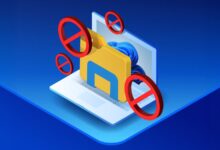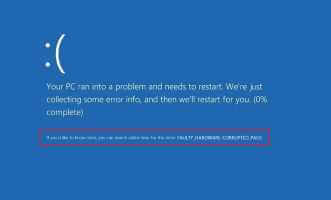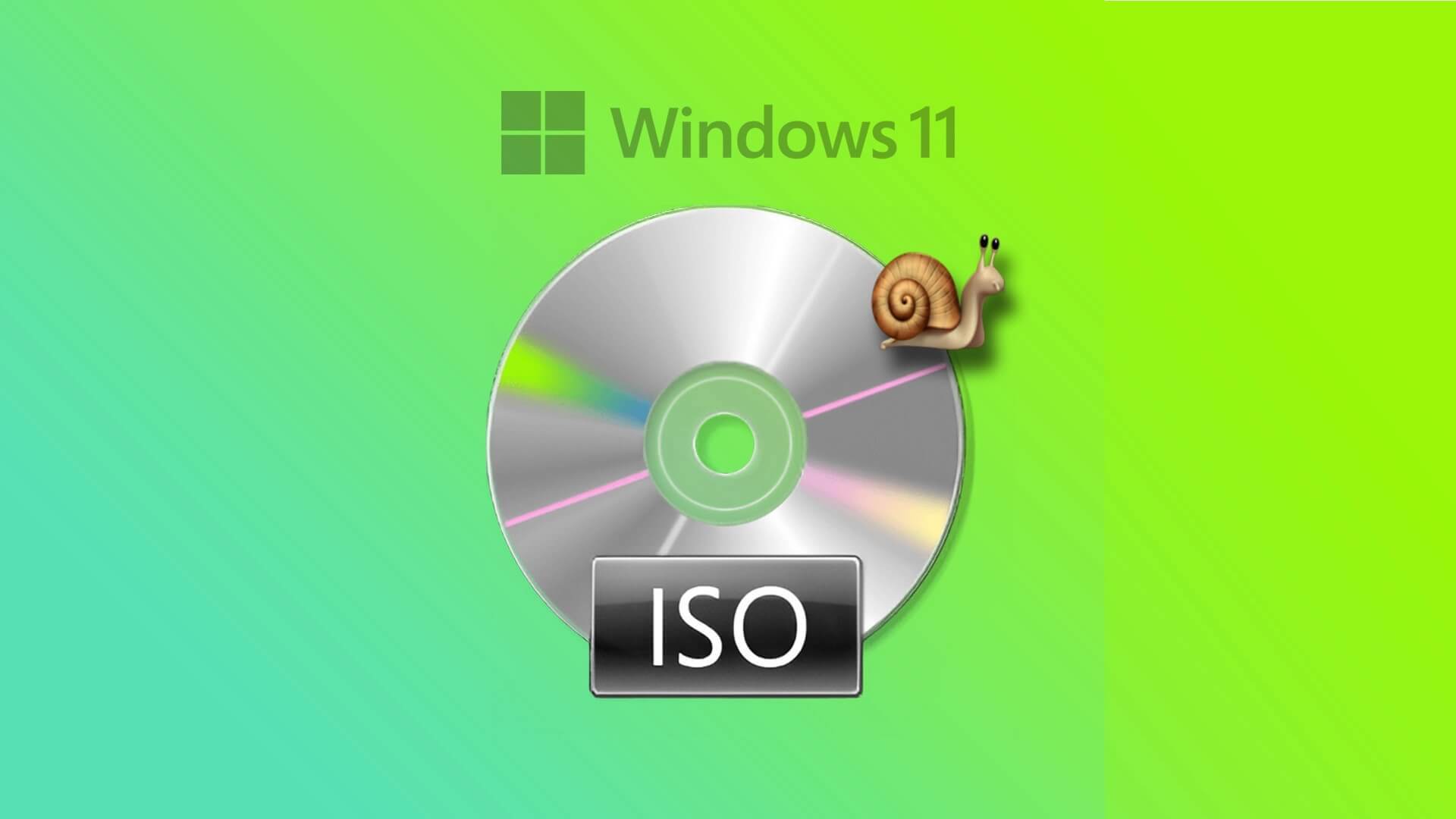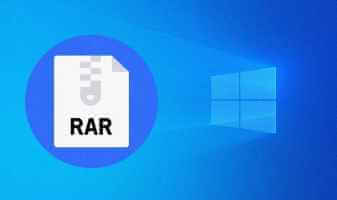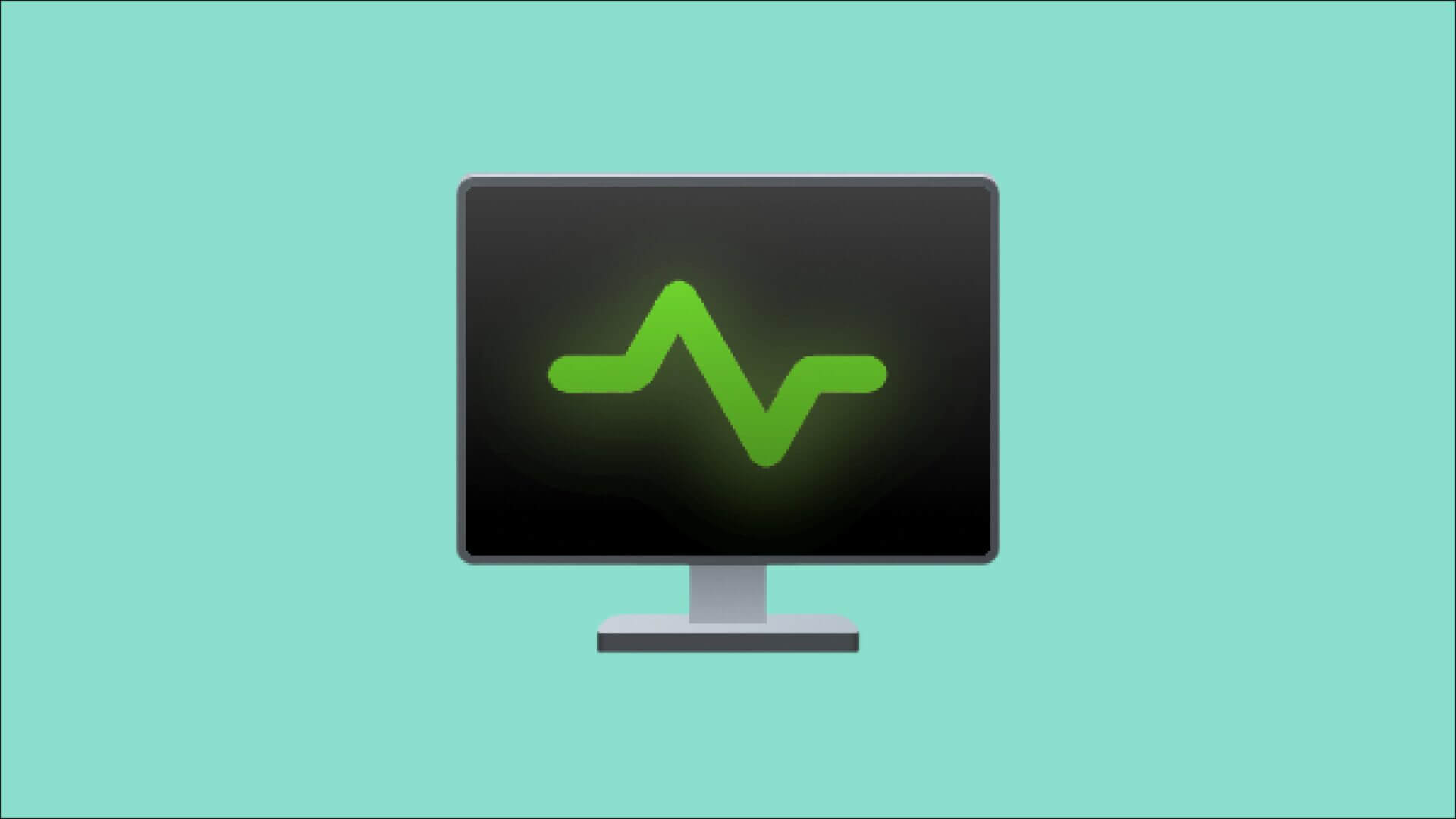The Disk Management tool is responsible for Drive operation Fixes, file systems, and drive volumes. It helps format new drives, change drive letters, shrink partitions, and extend basic volumes. In most cases, the Disk Management tool loads smoothly during startup. However, there are instances when it may not start properly. If you're having problems loading Disk Management, there are ways to fix it.

Problems with the Disk Management tool can appear in several ways:
- Disk management is not fully formatted.
- Disk Management takes a long time to load.
- Disk management crashes when loading.
- Error message “Disk Management could not start the Virtual Disk Service (VDS).”
- Error message “Unable to connect to the Virtual Disk Service.”
- Suddenly, the disk management tool that was previously working stops working.
Fortunately, there are several ways to fix these issues. Follow these solutions to get your disk management up and running.
1. Fix the error from Windows Service Manager
Sometimes, changing startup types can fix the error. You can visit the Service Manager to set programs to start automatically or manually, or disable applications. Here's how.
Step 1: Open the dialog box by pressing the keys. Windows + R.
Step 2: Type services.msc And press OK To access Windows services.
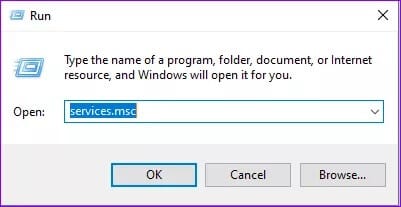
Step 3: In the right pane, locate Remote Access Auto Connection Manager Double click on it.
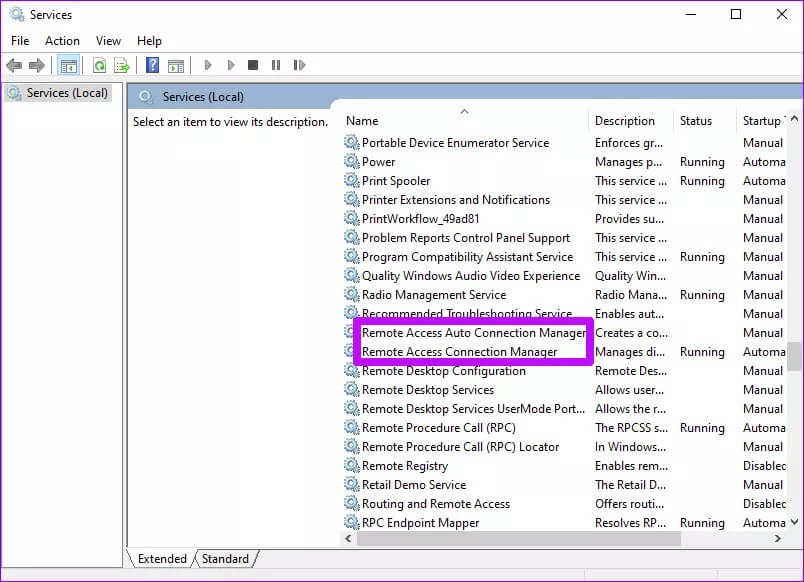
Step 4: Scroll down to Startup type and select broken. Click on Application Then OK to save the changes.
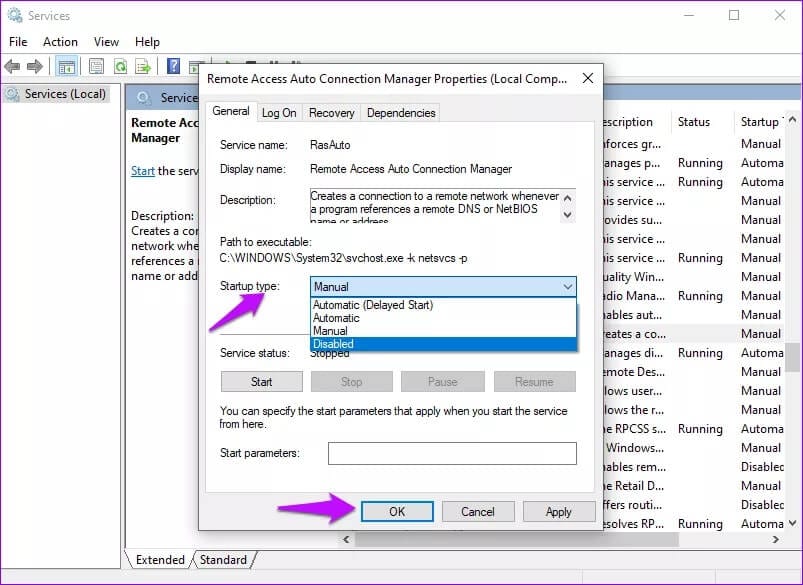
Step 5: Go back to the Services window and double-click Remote Access Connection Manager.
Step 6: Set the startup type to Disabled and click Apply and OK to save the changes.
Step 7: Go back to the Services window and double-click the Virtual Disk option.
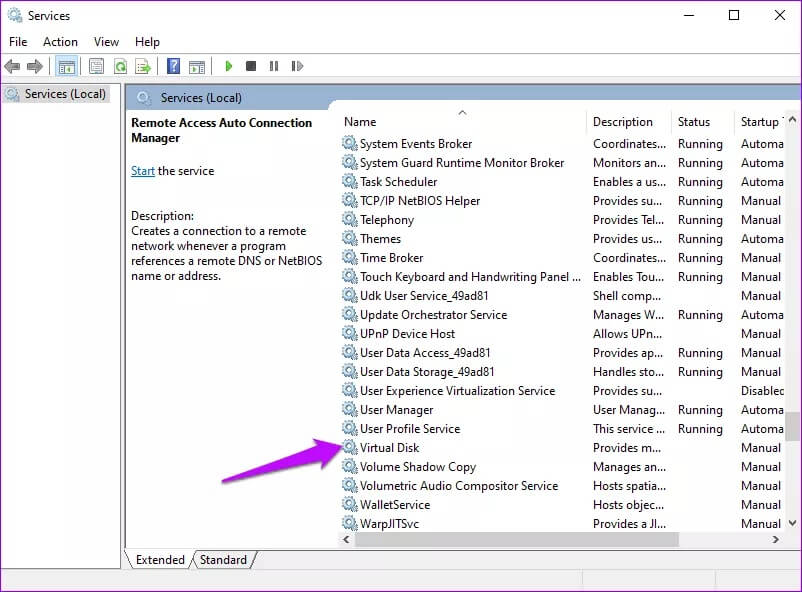
Step 8: Locate automatic Or Manual For Startup type click Apply and OK.
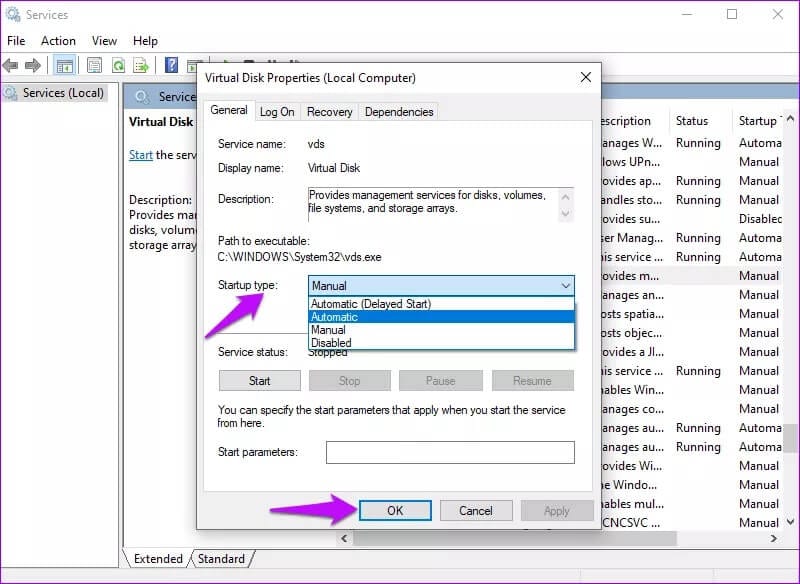
Restart your computer and the Disk Management not loading issue should be fixed. If it doesn't, try the other solutions.
2. Disconnect external drives

There are times when connected external devices can cause problems loading Disk Management. In such cases, disconnecting the devices can help resolve the issue.
After disconnecting the devices, reboot your system and ensure that the Disk Management tool loads properly. You can then connect the devices one by one to confirm which one is causing the problem.
3. Run SFC SCAN
System File Checker (SFC) is a tool built into Windows that performs a system restore.Scan and repair system files That has problems. Here's how to use it to fix disk management issues.
Step 1: In the Windows search bar, type Command Prompt and select Run as administrator.
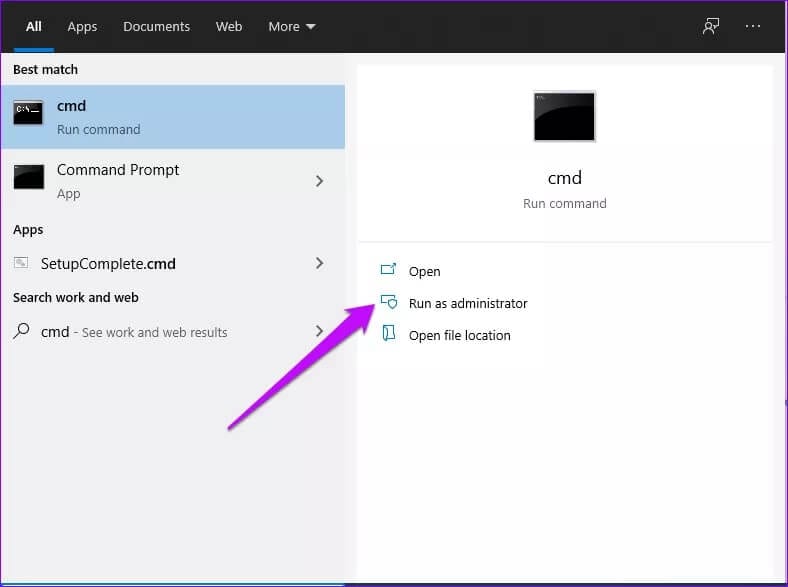
Step 2: In the command prompt window, type this command: sfc / scannow And click Enter.
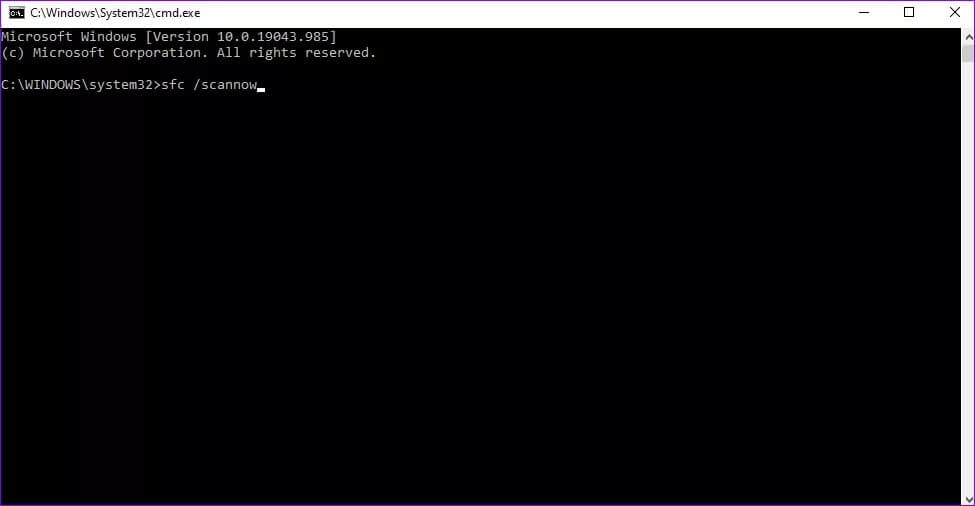
Step 3: After the scan is complete, exit the Command Prompt window. Restart your computer and ensure that the Disk Management tool loads correctly.
4. Update Windows
Running an outdated version of Windows can cause a number of problems. One such problem is that Disk Management doesn't load properly. To update Windows, follow these steps.
Step 1: arrive to Settings From the startup menu, click on it.
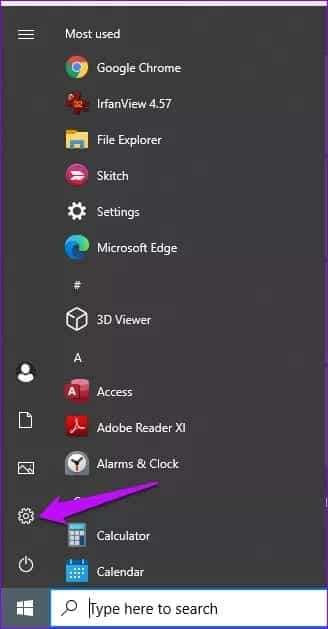
Step 2: Scroll down and tap Update and security.
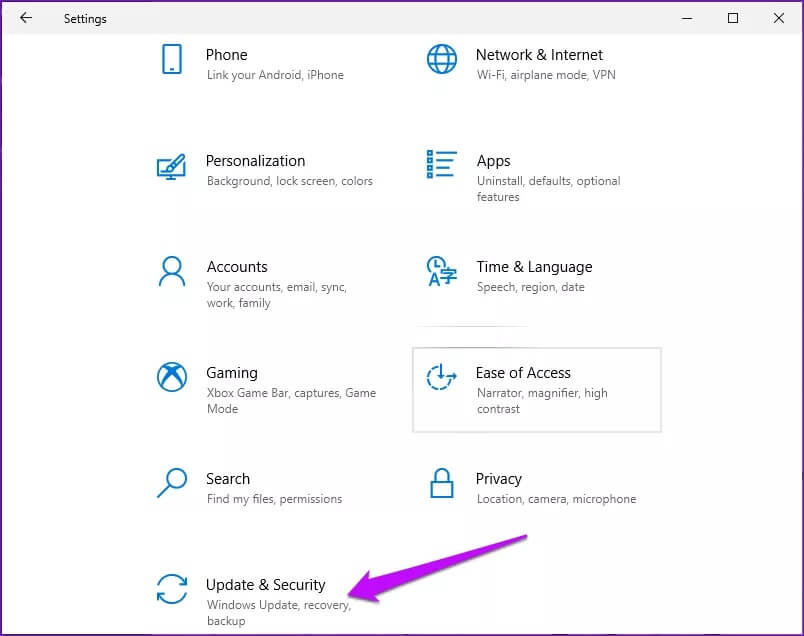
Step 3: Check for available updates in the right pane. Click “DownloadTo install the latest features.

5. Create a new user account
Sometimes, a corrupt user account can cause problems when loading the Disk Management tool.Fix issues with corrupted user profiles Create a new user account. Here's how.
Step 1: Open the tab Settings And choose accounts.

Step 2: Select Family & other users in the left pane.
Step 3: Go to the right pane and click Add someone else to this PC.

Step 4: In the next window, click I don't have this person's sign-in information.
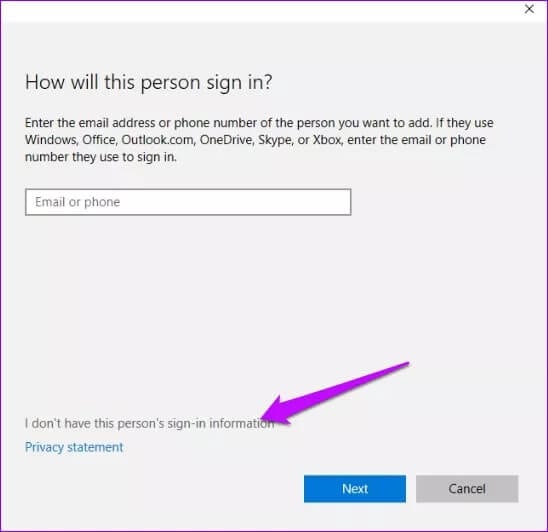
Step 5: Next, click Add a user without a Microsoft account.

Step 6: Add the new user's username and create a password (optional). Click “NextTo complete the process.
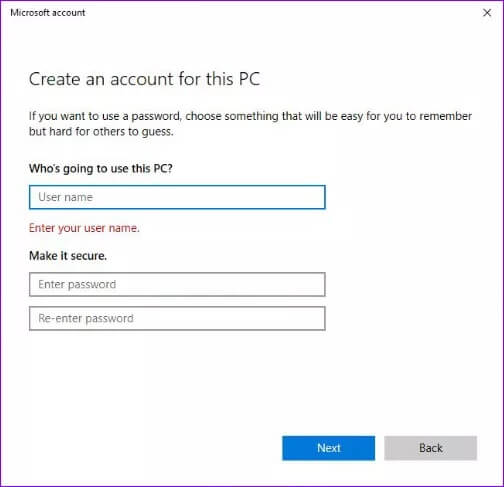
After creating the new account, switch to it. On the new account, make sure Disk Management is loaded correctly. If the issue is resolved, move your folders to the new account to avoid recurrence.
Fix disk management issue
Another solution to disk management issues is to confirm the health of your hardware. Cables, reading devices, and the hard drive must be in good condition for disk management tools to function properly. Alternatively, have a technician perform a computer health check. This ensures that external devices are not affecting the performance of your programs.
